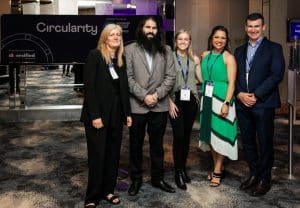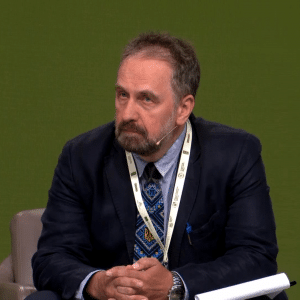Converting Waste to Energy
Currently, world cities generate about 1.3 billion tonnes of solid waste per year. This volume is expected to increase to 2.2 billion tonnes by 2025 (World Bank 2012). It is of no surprise that Australians are big consumers. This is especially so when this is considered on a per capita basis. During 2009-10, 53.7 million tonnes of waste was generated within the Australian economy, with 2,140kg of waste generated per person in this time frame (ABS 2013). A summary of waste generation is presented in the figure below.
Given the large amount of waste which the nation generates each year and our heavy dependence on landfill as a waste management strategy, ongoing research has been conducted into ways to reduce waste and develop alternative strategies for waste disposal. One of the strategies which is being touted is the conversion of waste into energy to power homes.
The first plan of this kind was approved in Western Australia last month for Phoenix Energy to process Municipal Solid Waste for the recovery of energy and other resources. Phoenix Energy currently processes around 25% of Perth’s waste or around 300 000t a year (ABC 12 Jul 2013). This household waste will be put through a thermal treatment process whereby the waste will be converted into heat and steam. This steam will in turn be made into electricity or employed for other power uses. It is estimated that through this process, th approximately 110 000 homes will be powered.
However, this process is not without its critics. The National Toxic Network has opposed this proposal arguing that waste to energy programs are just “incineration rebranded”. Furthermore, their opposition is grounded in the belief that this program does not decrease the fundamental problem which Australians face – the amount of waste which we generate. Instead, by providing the “easy way out”, it is argued that innovation is discouraged. Regardless, the government continues to prefer Waste to Energy programs over the sustained reliance of landfill.
As demonstrated, given the high amount of waste which Australians generate, it is important to try to reduce the amount of waste which we dispose of. Correct classification of waste can help to minimise the need for disposal by recycling and reusing certain items. ADE offers waste classification and analysis services to help provide the most cost effective and environmental advantageous combination for our clients.





